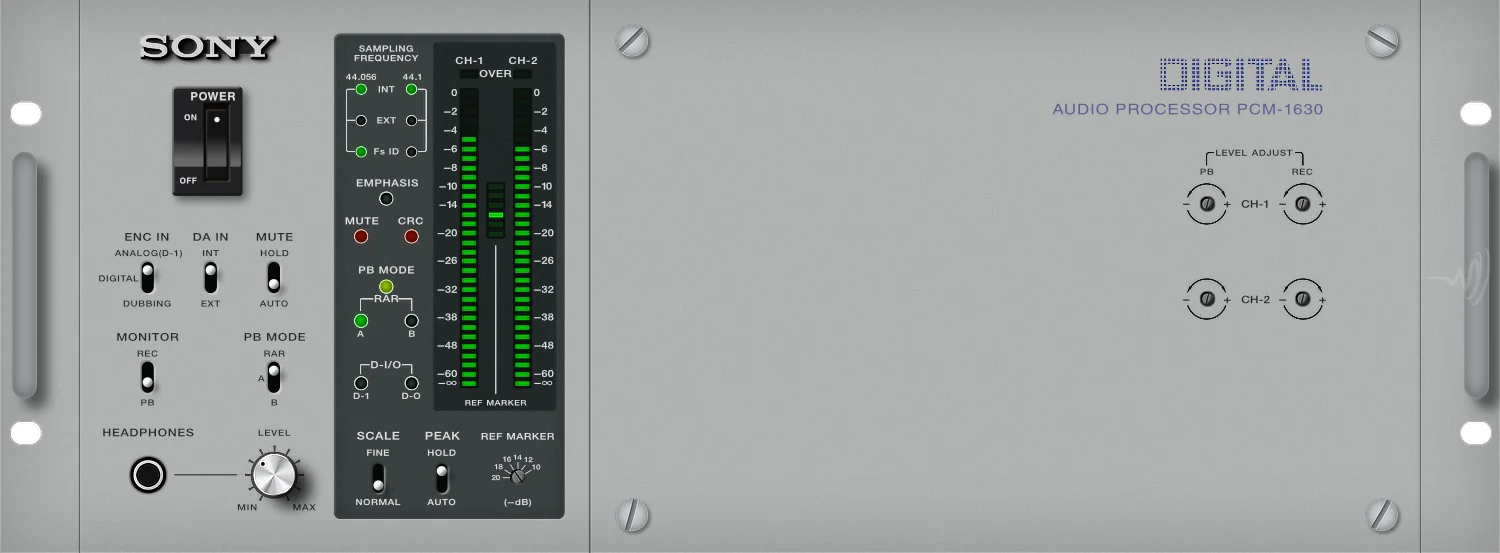Money for Nothing, the hit single from the album Brothers in Arms by Dire Straits, is a timeless classic that enjoyed massive success in 1985, topping the charts as the band’s only number one record. The song received constant airplay on both radio and MTV, quickly becoming one of the most-played tracks in the history of the music channel.
Brothers in Arms was recorded in Montserrat, where the state-of-the-art Air Studios boasted some of the latest and most advanced recording equipment available at the time, including the iconic Neve 8078 console and the innovative 24-track digital multitrack recorder from Sony.
Mark Knopfler’s guitar sound on Money for Nothing was a departure from his signature clean Stratocaster tone, which was prominent on the first two Dire Straits albums. Instead, he opted for a distorted guitar sound reminiscent of Billy Gibbons’ style from ZZ Top. The result was a bold and distinctive sound that instantly caught listeners’ attention.
The recording of Money for Nothing (to a Sony PCM-3324) used a variety of reverb units, including EMT plate reverbs, as well as two of the latest digital reverbs at the time, the AMS RMX 16 and the Sony DRE-2000. Although it is unclear which reverb units were used where, it is widely acknowledged that the song heavily relied on the creative use of reverb to achieve its signature sound. The mastering was done by Bob Ludwig using a Sony PCM-1630 Digital Audio Processor.
Money for Nothing is a testament to Dire Straits’ musical prowess and innovative use of recording technology. The song’s enduring popularity stands as a testament to its impact and influence on the music industry, making it a classic that remains as relevant today as it was in 1985.








